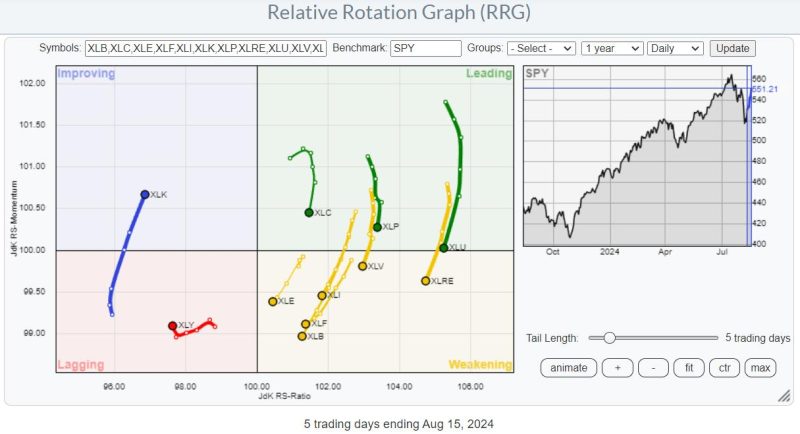As we delve into the world of economics and finance, one concept that often fascinates observers and participants alike is the strength off the lows, a scenario that shows the resilience of the market economy. Despite the complexities of these fiscal movements, they often provide an avenue for macroeconomic growth and development. However, as advantageous as it may be, it also presents several concerns that need to be addressed.
Firstly, one must understand what strength off the lows signifies. In simplest terms, it refers to when certain stocks, commodities, or indexes bounce back stronger after hitting their lowest point. This is often a sign of resiliency of investment and an opportunity for traders to maximize returns. The phenomena of strength off the lows observable particularly in bear markets, where it often indicates market-bottoms.
When these market lows occur, they symbolize the point at which sell-off pressure starts to decline and buying pressure begins to increase. In many cases, prices that hit a low point can bounce back strongly, thus showing a significant strength off the lows. Often, these lows pave the way for a strong up move in the market, signifying a turn in market sentiment from bearish to bullish.
However, despite the optimism, several concerns persist. Unlike more stable points in the market’s cycle, strength off the lows can present significant challenges to traders and investors. These challenges often stem from unpredictability, high risk of potential losses and emotional or psychological effects on participants.
One of the primary concerns is the market unpredictability. It’s difficult to accurately forecast when the market will hit its lowest point. Consequently, investors often face the risk of entering the market too soon or too late. The timing of investments during these lows, thus, becomes a critical factor in determining their overall returns. From this perspective, strength off the lows can display high levels of volatility, hindering the opportunities for potential gains.
Another concern lies in potential losses. Although strength off the lows may show signs of recovery, it doesn’t necessarily guarantee a return to prior highs. As such, investors may suffer losses if they purchase an asset during its decline in the false hope of it regaining its former strength.
The psychology of investors and traders also plays a crucial role in these instances. Strength off the lows often bring a sense of optimism that can sometimes lead to irrational decisions, driven by fear of missing out or greed. Investors might get lured into buying more stocks when prices are low, often overlooking the inherent risks involved.
Moreover, strength off the lows could also reflect temporary corrections rather than a new bullish trend. This might lead to false signals causing investors to prematurely enter the market, only to face heavy losses when the downward trend resumes.
In conclusion, while strength off the lows is an indication of resilience and potential profitability in the fiscal market, it also bears an array of challenges. It is, therefore, incumbent upon market participants to strike a balance, exercising prudent judgment while navigating these challenging yet rewarding lows. Consequently, a comprehensive understanding of market dynamics, along with a mix of caution and optimism, can help mitigate some of these concerns.




